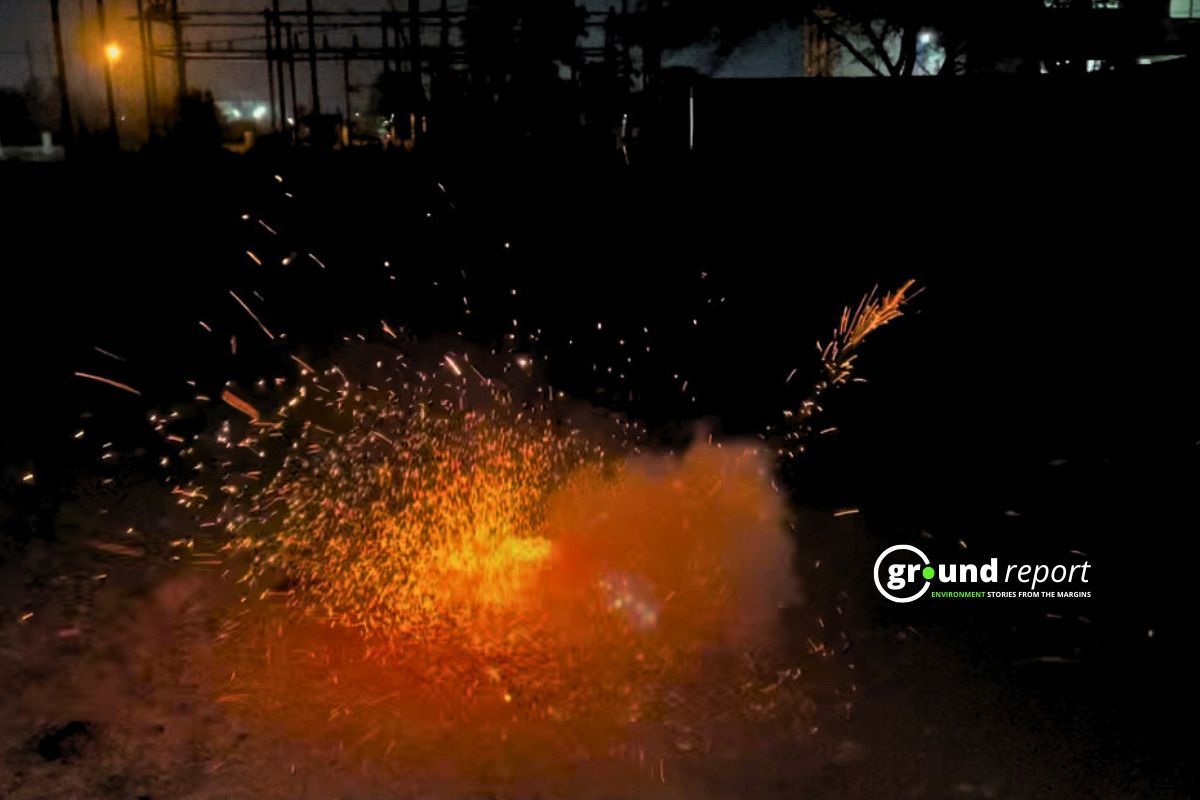Tensions between India and Pakistan sharply escalated after a deadly terror attack in Jammu and Kashmir’s Pahalgam last month, which killed 26 people. In response, several Pakistani military and political figures openly threatened to use nuclear weapons, fuelling fears of a potential war.
What the 2019 Study Predicted
What makes the situation even more worrying is a 2019 study that predicted this kind of crisis. The study, published in the journal Science Advances, was led by researchers at the University of Colorado and Rutgers University. It warned that a terror attack in Kashmir could spark a war between India and Pakistan. The researchers predicted that such a war could happen by 2025. After the Pahalgam attack, that prediction now feels closer to reality.
The study explained how a major attack in Kashmir could trigger military action. India would send troops to the Line of Control, and Pakistan would respond by mobilising its forces. This could lead to border clashes that quickly escalate. As casualties mount, both countries might consider using nuclear weapons.
The researchers used computer models to show how fast things could spiral out of control. Their simulation predicted that even a limited nuclear exchange could kill over 100 million people instantly and cause global damage.
The study projected that a nuclear exchange could lead to up to 125 million additional deaths from long-term effects. Fires from nuclear explosions would release thick black smoke into the atmosphere, blocking sunlight and lowering global temperatures. Rainfall would be disrupted, and food production would collapse in many parts of the world. This would lead to widespread hunger and economic collapse. The study emphasised that such an event would not just be a regional disaster but a global one.
Key findings of the study
By 2025, another study predicted that India and Pakistan could possess up to 500 nuclear weapons, each with a destructive power of 15,000 tonnes of TNT—similar to the bomb dropped on Hiroshima. Even if only a few of these weapons were used, the fires and smoke would have a severe impact on the climate. The Earth’s surface temperature could drop by 5°C, and rainfall could decrease by up to 30 percent. Many crops would fail, leading to a global food crisis.
But nuclear weapons aren’t the only risk. Water is also becoming a growing source of conflict. After the Pahalgam attack, Indian officials reportedly discussed limiting the river water that flows into Pakistan. This brings up the long-standing issue of the Indus Water Treaty, signed in 1960 with the help of the World Bank. The treaty divides control of the Indus River and its tributaries between India and Pakistan. Since India is upstream, it controls the rivers that Pakistan depends on. Pakistan fears that India could use this control as a political tool.
Pakistan’s agriculture depends heavily on the Indus River. Studies show that about 90 percent of Pakistan’s freshwater is used for farming. India has built dams on rivers like the Chenab and Jhelum, which flow into Pakistan. Projects such as the Kishanganga and Baglihar dams have sparked protests from Pakistan. The World Bank has stepped in as a mediator, but disagreements over dam designs and water flow continue to fuel tensions.
The conflict over water goes back a long way. In 1948, right after Partition, India briefly stopped water flow to West Punjab, escalating tensions. Although the Indus Water Treaty was designed to resolve these issues, distrust remains. Pakistan fears that India could cut off water in future conflicts. Both countries are facing water shortages, growing populations, and the effects of climate change, which add to the concern. Melting glaciers in the Himalayas are reducing the long-term water supply, making the situation even more critical.
Nuclear and water conflicts in South Asia
Global studies have raised alarms about the Indus Basin. The 2022 IPCC report warned that South Asia’s shared rivers will experience severe water stress by mid-century. Climate change, national pride, and mutual distrust make cooperation difficult. Experts now talk about the possibility of a “water war” in South Asia. It may not resemble a traditional war, but the impact would still be massive. Both countries would suffer, and the effects would extend beyond their borders.
However, technology alone won’t solve the deeper political problems. The Pahalgam attack has shown just how fragile peace is. Any new attack or political decision could quickly escalate the situation. India and Pakistan are already walking a tightrope. One wrong move could trigger a war. And as the 2019 study showed, if that war turns nuclear, the consequences won’t stop at their borders—it could impact the entire world.
Support us to keep independent environmental journalism alive in India.
Keep Reading
The costliest water from Narmada is putting a financial burden on Indore
Indore’s Ramsar site Sirpur has an STP constructed almost on the lake
Indore Reviving Historic Lakes to Combat Water Crisis, Hurdles Remain
Indore’s residential society saves Rs 5 lakh a month, through rainwater harvesting
Follow Ground Report on X, Instagram and Facebook for environmental and underreported stories from the margins. Give us feedback on our email id greport2018@gmail.com.
Don’t forget to Subscribe to our weekly newsletter, Join our community on WhatsApp, and Follow our YouTube Channel for video stories.





